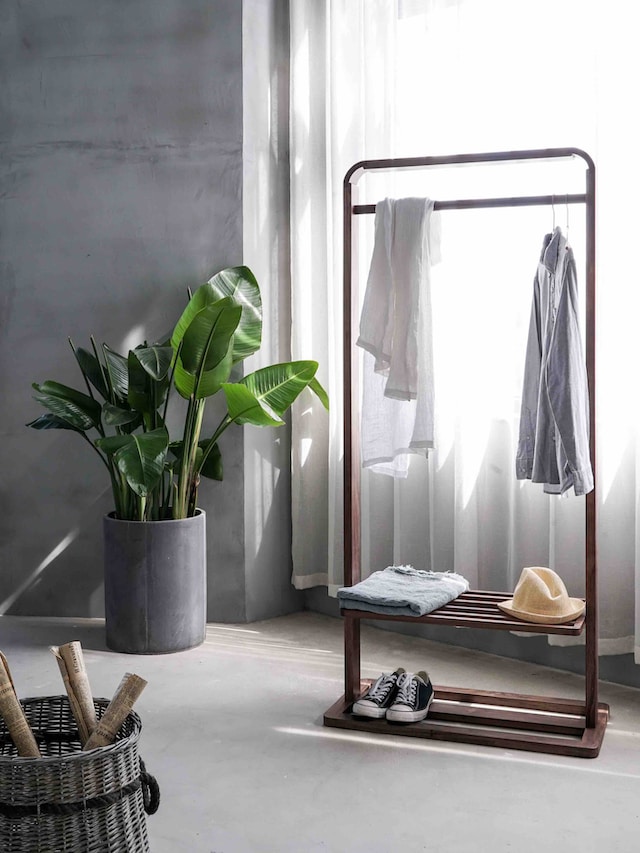The world of interior design is a captivating realm where spaces are transformed into harmonious and functional environments. Have you ever wondered how designers create stunning rooms that evoke specific emotions and leave a lasting impression? The answer lies in the visual language of interior design, a skillful combination of elements that shape the atmosphere and tell a compelling story. This article will embark on a journey through the art of interior design, exploring key components and their impact on our daily lives. Whether you are a high school student with a budding interest in design or someone seeking to enhance their knowledge, this exploration will serve as a valuable foundation of how to use style and functionality. And for those who wish to delve even deeper, consider enrolling in an interior design online course to unlock a world of creativity and possibilities.
Painting with Emotions
Colour is a powerful tool in the hands of an interior designer. Each colour’s emotional and psychological significance influences moods and perceptions. Warm colours like red and orange often evoke energy and passion, while cool colours like blue and green create a sense of calm and tranquillity. Skilled designers understand how to use colour harmonies and contrast to set the desired tone in a room, whether a vibrant living space or a serene bedroom retreat.
Defining Spaces
Shapes and forms play a crucial role in defining the character of a room. Every element, from the curves of a sleek modern sofa to the straight lines of a minimalist coffee table, contributes to the overall aesthetic and functionality. Organic shapes can create a sense of fluidity and natural movement, while geometric shapes offer structure and order. Carefully selecting and arranging furniture, lighting fixtures, and decorative objects allows designers to mould a space into an environment that aligns with the intended purpose and style.
Engaging the Senses
Texture adds depth and sensory richness to interior spaces. Smooth surfaces can evoke a sense of elegance and sophistication, while rough textures create a more rustic and down-to-earth ambience. Combining different textures, such as soft fabrics, rough-hewn wood, and sleek metals, adds interest and visual contrast to a room. Engaging the sense of touch, texture enhances the overall experience and creates a more tactile connection with the surroundings.
Illuminating Design
Lighting is a fundamental aspect of interior design that can dramatically transform the look and feel of a space. Natural light is highly valued for creating an open and airy atmosphere, but artificial lighting is equally important, allowing designers to set the mood and emphasize focal points. Different lighting techniques, such as ambient, task, and accent lighting, highlight architectural features, enhance functionality, and create specific atmospheres. Properly executed lighting design can make a room feel warm and inviting or bright and energizing.
Achieving Harmony
Balance and proportion are essential principles in interior design that ensure visual harmony. Achieving balance involves distributing visual weight evenly throughout a room, whether through symmetrical arrangements or asymmetrical compositions that create a sense of equilibrium. Proportion involves scaling elements appropriately to maintain a pleasing and comfortable relationship. A well-balanced and proportioned room creates a sense of ease and stability, allowing individuals to feel at ease in their surroundings.
Guiding the Eye
Lines and spatial arrangements are the guiding forces that direct gaze and movement within a space. Horizontal lines can create a sense of stability and relaxation, while vertical lines evoke a feeling of strength and loftiness. Curved lines add a sense of flow and movement. The strategic use of lines and spatial organization helps designers create a visual path, leading the eyes from one point of interest to another. It also affects a room’s perceived size and scale, making it feel more open or cozy.
The Yin and Yang
Harmony and contrast are two opposing yet complementary elements that bring balance and interest to interior design. Harmony refers to the overall coherence and unity of space achieved through consistent colour palettes, materials, and styles. Contrast involves incorporating elements that differ in colour, texture, shape, or scale to create visual tension and excitement. By skillfully blending harmony and contrast, designers can create visually stimulating spaces that captivate and engage attention.
Designing with Purpose
Interior design is not solely about aesthetics but about creating environments that tell a story and evoke emotions. Each space has a purpose and narrative, whether a cozy reading nook inviting relaxation or a vibrant dining area encouraging lively conversation. A well-designed room should reflect the personality and lifestyle of its occupants, reflecting their interests, passions, and aspirations. Understanding the needs and desires of clients allows designers to bring their vision to life and craft spaces that resonate on a personal level.
Conclusion:
As the exploration into the visual language of interior design concludes, we can appreciate its profound influence on the spaces we inhabit. Each element is vital in creating captivating interiors, from the power of colour and the defining shapes to the engaging textures and illuminating light. Harmony, balance, and storytelling converge to evoke emotions and express personal style. By understanding and applying the principles of interior design, one can craft spaces that not only please the eye but also enrich lives.
So, whether aspiring to become a professional interior designer or simply wanting to create a more harmonious home, remember that knowledge is critical. Consider embarking on an interior design online course to develop skills further and unlock creative potential. Let the visual language of interior design guide the transformation of spaces into breathtaking works of art.


